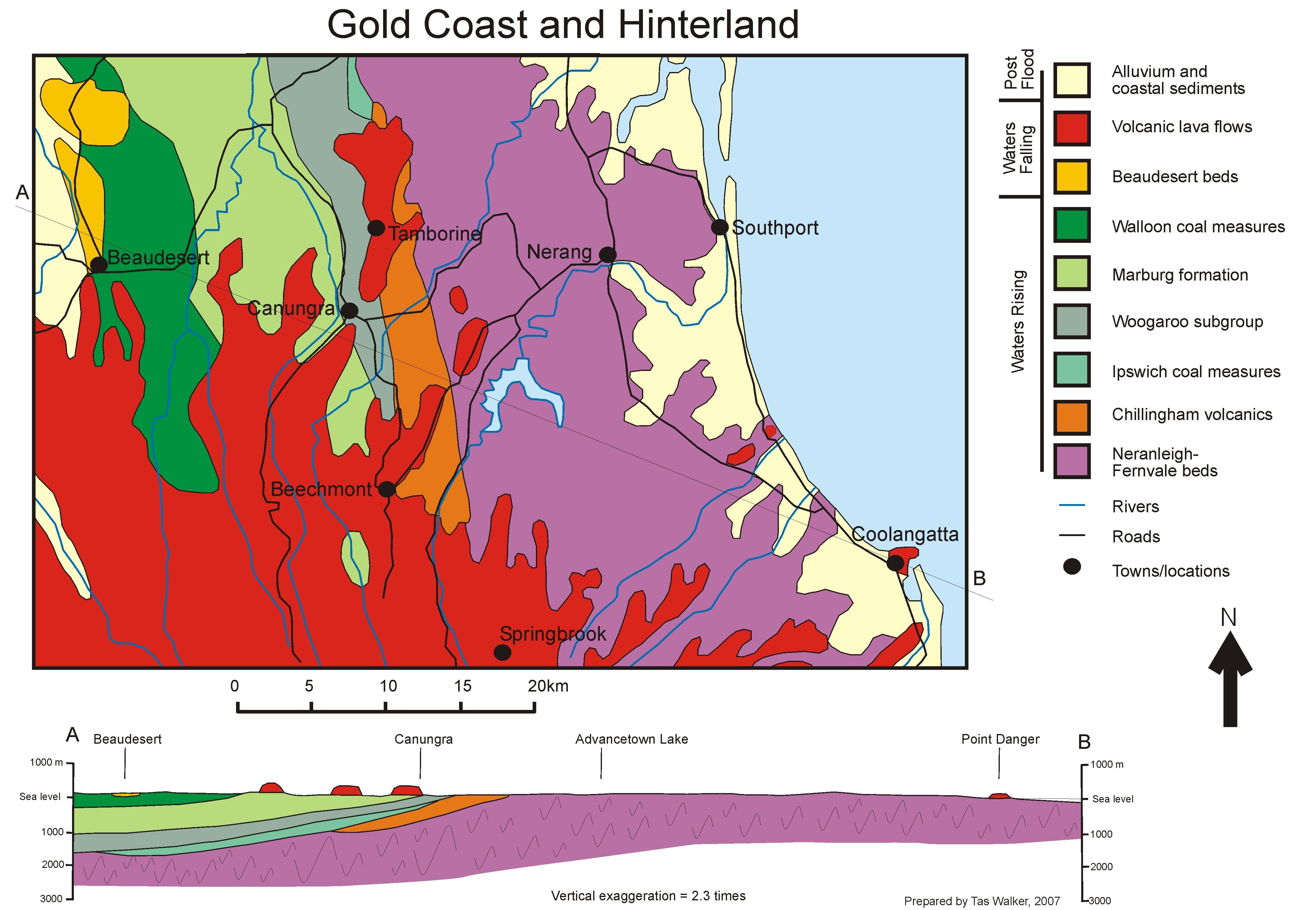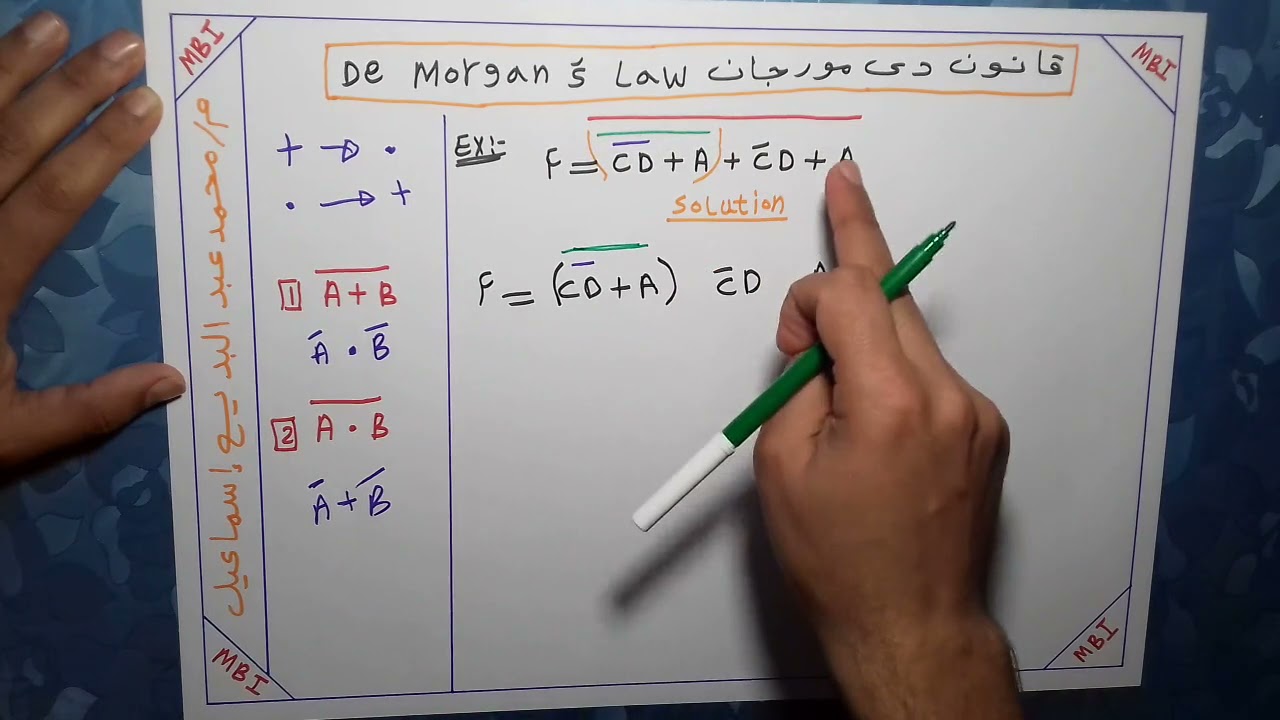Understanding Earth - Series 1: Inferno's Geological Processes

Table of Contents
Plate Tectonics: The Engine of Change
The theory of plate tectonics is a cornerstone of modern geology, explaining many of Earth's most dramatic features. It proposes that Earth's lithosphere—the rigid outer shell—is fractured into several large and small plates that are constantly moving, albeit slowly, atop the semi-molten asthenosphere. This movement is driven by convection currents within the Earth's mantle, creating immense pressure and energy that are released in various ways, shaping Earth's surface through a range of geological processes.
Types of Plate Boundaries
The interaction between these plates at their boundaries is responsible for most significant geological events. There are three main types:
-
Divergent boundaries: At these boundaries, plates move apart. This process, known as seafloor spreading, creates new oceanic crust at mid-ocean ridges. A prime example is the Mid-Atlantic Ridge, where the North American and Eurasian plates are separating. Magma rises to fill the gap, solidifying and forming new crust. This is a key geological process responsible for the expansion of ocean basins.
-
Convergent boundaries: Here, plates collide. The denser plate typically subducts (dives beneath) the less dense plate. This process can create subduction zones, leading to volcanic arcs (like the Ring of Fire around the Pacific Ocean) and the formation of mountain ranges through orogeny. The collision of the Indian and Eurasian plates, for example, formed the Himalayas. This illustrates significant geological processes involving subduction, mountain building and volcanic activity.
-
Transform boundaries: At these boundaries, plates slide past each other horizontally. This movement often occurs along fault lines, resulting in earthquakes. The San Andreas Fault in California is a classic example of a transform boundary, where the Pacific and North American plates are grinding past each other. This type of plate boundary generates significant seismic activity, highlighting the impactful nature of these geological processes.
-
Image: [Insert an image illustrating the three types of plate boundaries]
Volcanism: Earth's Fiery Eruptions
Volcanism is a powerful geological process resulting from the movement of magma (molten rock) from the Earth's mantle to the surface. The process begins deep within the Earth where high temperatures and pressures cause rocks to melt. This molten rock, less dense than the surrounding material, rises buoyantly towards the surface.
Types of Volcanic Eruptions
The style of a volcanic eruption is influenced by factors such as magma viscosity (thickness) and gas content.
-
Effusive eruptions: These produce relatively gentle outflows of lava, often forming shield volcanoes (like Kilauea in Hawaii). The low viscosity of the magma allows for relatively calm flows.
-
Explosive eruptions: These are characterized by violent explosions of pyroclastic material (ash, rocks, and gases), often associated with stratovolcanoes (like Mount Fuji). High magma viscosity and high gas content trap pressure, resulting in explosive releases.
-
Factors influencing eruption style: The composition of the magma plays a critical role. Magma rich in silica is more viscous and tends to produce explosive eruptions, while magma with lower silica content is less viscous and produces effusive eruptions. The presence of dissolved gases also increases explosivity.
-
Types of Volcanoes: Different types of volcanoes, such as shield volcanoes, stratovolcanoes, and cinder cones, are formed by different eruption styles and magma compositions.
Earthquakes: The Shaking Ground
Earthquakes are sudden releases of energy within the Earth's crust or upper mantle, typically caused by the movement of tectonic plates along fault lines. The built-up stress along these fault lines eventually exceeds the strength of the rocks, resulting in a rupture and the release of seismic waves.
Measuring Earthquakes
The magnitude of an earthquake is measured using scales like the Richter scale (though the moment magnitude scale is now preferred for larger earthquakes). This scale measures the energy released during an earthquake. The intensity of an earthquake describes the effects of the shaking at a particular location.
-
Seismic Waves: Earthquakes generate various types of seismic waves, including P-waves (primary waves), S-waves (secondary waves), and surface waves, each traveling at different speeds and causing different types of ground motion.
-
Geological Hazards: Earthquakes can cause devastating geological hazards like ground shaking, landslides, and tsunamis (especially if the earthquake occurs underwater). The Tohoku earthquake and tsunami of 2011 tragically demonstrated the combined effects of these hazards.
The Role of Geological Processes in Shaping Landscapes
The geological processes discussed above are not isolated events; they are intricately linked, shaping the landscapes we see today.
Examples of Landform Creation
The interplay of plate tectonics, volcanism, and earthquakes leads to the formation of diverse landforms:
-
Mountain ranges: Folded mountains are formed by the compression of tectonic plates, while fault-block mountains are created by uplift along faults.
-
Volcanic islands and archipelagos: Chains of volcanic islands, like Hawaii, are formed by volcanic activity at hotspots or along subduction zones.
-
Rift valleys and ocean basins: Rift valleys, like the East African Rift Valley, are formed by the divergence of tectonic plates. Ocean basins are created by seafloor spreading at mid-ocean ridges.
-
Erosion and Weathering: Erosion and weathering processes, working over vast timescales, further sculpt these landforms, creating diverse landscapes.
Image: [Insert an image illustrating diverse landscapes shaped by geological processes]
Conclusion
This exploration of Earth's geological processes – from the driving force of plate tectonics to the explosive power of volcanoes and the devastating effects of earthquakes – reveals the dynamic nature of our planet. Understanding these fundamental geological processes is crucial for predicting natural hazards, managing resources, and appreciating the incredible beauty and power of our world. Continue exploring the fascinating science of our planet by delving into further articles on geological processes and their impact on Earth's ever-changing landscape. Learn more about the powerful forces shaping our world – continue your journey into the fascinating realm of geological processes!

Featured Posts
-
 Agressiya Sobolenko Podrobnosti Madridskogo Intsidenta
May 13, 2025
Agressiya Sobolenko Podrobnosti Madridskogo Intsidenta
May 13, 2025 -
 Kyle Tucker Trade Cubs Fans Anger Explained
May 13, 2025
Kyle Tucker Trade Cubs Fans Anger Explained
May 13, 2025 -
 Prolonged Captivity The Plight Of Families With Hostages In Gaza
May 13, 2025
Prolonged Captivity The Plight Of Families With Hostages In Gaza
May 13, 2025 -
 The Music Of Cp Music Productions A Father And Son Team
May 13, 2025
The Music Of Cp Music Productions A Father And Son Team
May 13, 2025 -
 Newcastle Fans Championship Play Off Predictions Who They Want To Win
May 13, 2025
Newcastle Fans Championship Play Off Predictions Who They Want To Win
May 13, 2025
Latest Posts
-
 Qanwn Dy Kabryw Fy Almwaedt Hl Hw Hqyqy Thlyl Lelaqth Alakhyrt
May 13, 2025
Qanwn Dy Kabryw Fy Almwaedt Hl Hw Hqyqy Thlyl Lelaqth Alakhyrt
May 13, 2025 -
 Did Leonardo Di Caprio Break His Own Dating Rule Analysis Of His Latest Relationship
May 13, 2025
Did Leonardo Di Caprio Break His Own Dating Rule Analysis Of His Latest Relationship
May 13, 2025 -
 Lywnardw Dy Kabryw Tfasyl Elaqth Aljdydt Wanthak Qanwn Lyw Almzewm
May 13, 2025
Lywnardw Dy Kabryw Tfasyl Elaqth Aljdydt Wanthak Qanwn Lyw Almzewm
May 13, 2025 -
 The Next 5 Leonardo Di Caprio Movies Plot Cast And More
May 13, 2025
The Next 5 Leonardo Di Caprio Movies Plot Cast And More
May 13, 2025 -
 Leonardo Di Caprios Relationship Twist A Deeper Look
May 13, 2025
Leonardo Di Caprios Relationship Twist A Deeper Look
May 13, 2025
